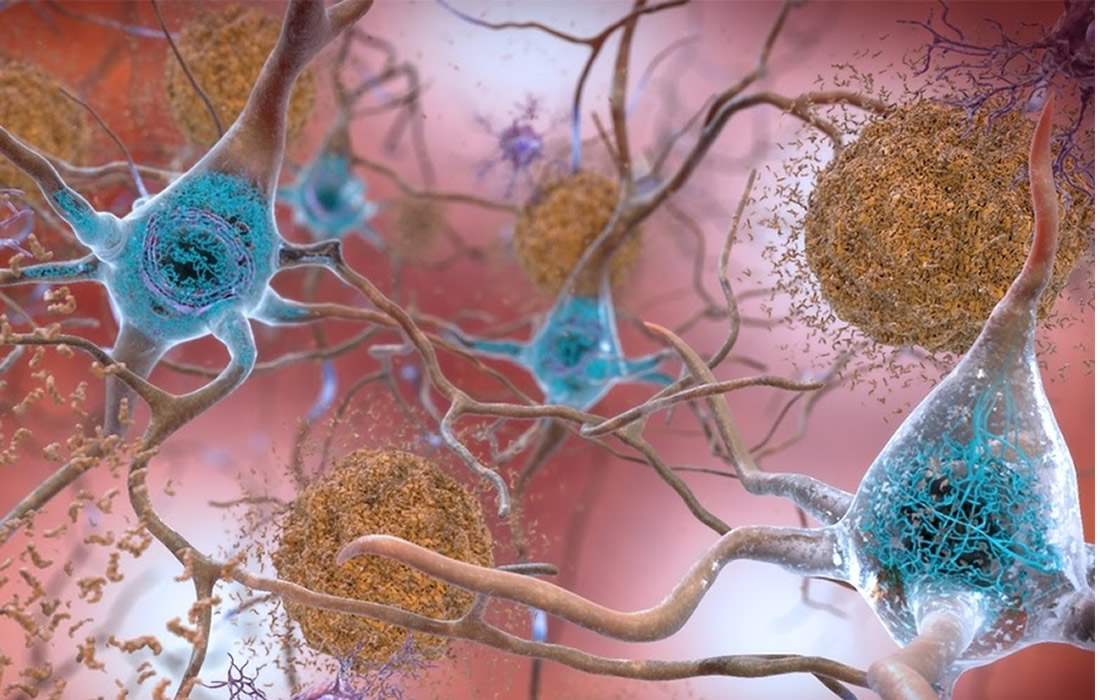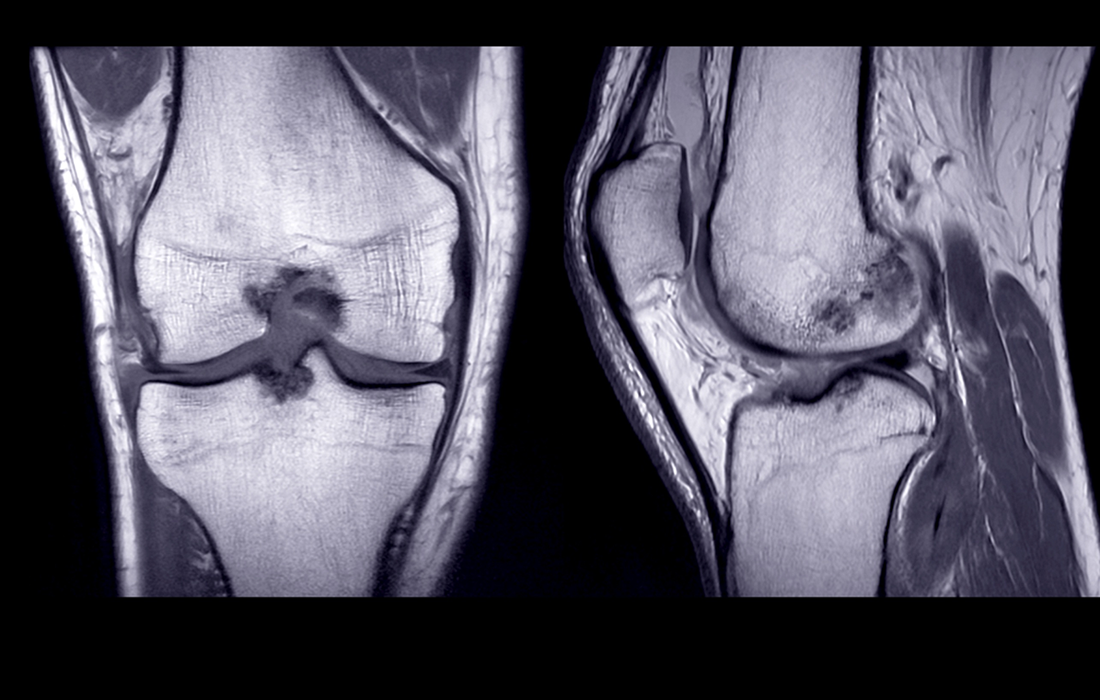What is Alzheimer’s Disease? Around 50 million people live with dementia, with an estimated global cost of care being $818 billion US dollars. Dementia is a fatal clinical disorder characterized by amnesia, progressive cognitive impairment, disorientation, behavioral disturbances, and loss of normal daily function—Alzheimer’s disease is the most common type of dementia. Most Alzheimer’s diseases […]
Category Archives: Stem Cell Therapy for Specific Conditions
Lyme’s disease is the most common vector‐borne illness in the United States and Europe, as migratory birds, among other factors, are spreading infections, increasing the burden of illness. In 2015, CDC researchers reported an estimated 329,000 new cases of Lyme disease in the United States, with a 320% increase in the number of counties affected. […]
Autism spectrum disorders (ASDs) are complex neurodevelopmental disorders characterized by dysfunctions in social interactions, abnormal to absent verbal communication, restricted interests and repetitive stereotypic verbal and non-verbal behaviors, influencing the ability to relate and communicate. The prevalence of these disorders has increased dramatically in the last years, with rates of 11.3 per 1,000 (1 in […]
Erectile dysfunction (ED) is a common major sexual disorder among men and can significantly impact quality of life for both patients and their partners. Its prevalence has increased in recent decades. This increase may result from a concurrent increase in the number of patients with one or more ED risk factors. Some of these are: […]
Low back pain is one of the most prevalent pathologies in the developed world. It accounts for 149 million lost workdays annually in the US and is the second most common reason for sick leave, just behind the common cold. Chronic low back pain is one of the most prevalent conditions causing patients to seek […]
Rheumatoid arthritis (RA) is a systemic, inflammatory autoimmune disease that mainly involves peripheral facet joint disease, which is the main pathological feature as well as joint synovial cell proliferation, inflammatory cell infiltration and pannus. Rheumatoid arthritis is a chronic inflammatory disorder that can affect more than just your joints. In some people, the condition can […]
Traumatic spinal cord injury (SCI) is a major cause of disability in developed countries. The financial burden is significant in terms of direct health care costs as well as loss of economic productivity. Even small improvements in mobility and/or manual dexterity may substantially reduce these costs and improve quality of life. However, current therapeutic options […]
The onset of rheumatoid arthritis (RA) is associated with loss of systemic immunological self-tolerance, which results in the activation of autoreactive immune cells that target collagen-rich joint regions and present symptoms characterized as chronic, destructive joint inflammation. As an autoimmune disease, there are limited curative options for RA that provide immunomodulation and articular cartilage or […]
Multiple sclerosis (MS) is a potentially disabling disease of the brain and spinal cord (central nervous system). In MS, the immune system attacks the protective sheath (myelin) that covers nerve fibers and causes communication problems between your brain and the rest of your body. Eventually, the disease can cause permanent damage or deterioration of the […]
Osteoarthritis (OA) is a progressive and debilitating joint disease that is expected to affect up to 25% of the population by 2040 and represents an enormous socioeconomic health care burden. According to the Centers for Disease Control and Prevention (CDC), osteoarthritis affects an estimated 30 million people in the United States. Osteoarthritis is predominantly a […]










